RBA left cash rate unchanged at 1.50% as widely expected. Overtone is affirmative but as the improve in wages growth and inflation would be gradual, RBA is in no rush to raise interest rate.
Here are some key points in the statement
- GDP growth forecasts for 2018 and 2019 were “revised up a little” to around 3.5%.
- GDP growth would slow in 2020 due to “slower export growth or resources”.
- Growth in household consumption is “one continuing source of uncertainty” due to low income growth, high debt levels and some decline in asset prices.
- Stronger than expected terms of trade are expected to “decline over time” but stay at relatively high level.
- Labor market outlook “remains positive” and unemployment rate is expected to drop further to around 4.75% in 2020.
- Rise is wages growth is “still expected to be a gradual process”.
- Inflation outcomes were inline with expectations. CPI is expected to pickup over the next couple of years, gradually.
- CPI is forecast to be at 2.25% in 2019 and a bit higher in 2020.
Here is the full statement.
Statement by Philip Lowe, Governor: Monetary Policy Decision
At its meeting today, the Board decided to leave the cash rate unchanged at 1.50 per cent.
The global economic expansion is continuing. A number of advanced economies are growing at an above-trend rate and unemployment rates are low. Growth in China has slowed a little, with the authorities easing policy while continuing to pay close attention to the risks in the financial sector. Globally, inflation remains low, although it has increased due to both higher oil prices and some lift in wages growth. A further pick-up in inflation is expected given the tight labour markets and, in the United States, the sizeable fiscal stimulus. One ongoing uncertainty regarding the global outlook stems from the direction of international trade policy in the United States.
Financial conditions in the advanced economies remain expansionary but have tightened somewhat recently. Equity prices have declined and yields on government bonds in some economies have increased, although they remain low. There has also been a broad-based appreciation of the US dollar this year. In Australia, money-market interest rates have declined recently, after increasing earlier in the year. Standard variable mortgage rates are a little higher than a few months ago and the rates charged to new borrowers for housing are generally lower than for outstanding loans.
The Australian economy is performing well. Over the past year, GDP increased by 3.4 per cent and the unemployment rate declined to 5 per cent, the lowest in six years. The forecasts for economic growth in 2018 and 2019 have been revised up a little. The central scenario is for GDP growth to average around 3½ per cent over these two years, before slowing in 2020 due to slower growth in exports of resources. Business conditions are positive and non-mining business investment is expected to increase. Higher levels of public infrastructure investment are also supporting the economy, as is growth in resource exports. One continuing source of uncertainty is the outlook for household consumption. Growth in household income remains low, debt levels are high and some asset prices have declined. The drought has led to difficult conditions in parts of the farm sector.
Australia’s terms of trade have increased over the past couple of years and have been stronger than earlier expected. This has helped boost national income. While the terms of trade are expected to decline over time, they are likely to stay at a relatively high level. The Australian dollar remains within the range that it has been in over the past two years on a trade-weighted basis, although it is currently in the lower part of that range.
The outlook for the labour market remains positive. With the economy growing above trend, a further reduction in the unemployment rate is expected to around 4¾ per cent in 2020. The vacancy rate is high and there are reports of skills shortages in some areas. Wages growth remains low, although it has picked up a little. The improvement in the economy should see some further lift in wages growth over time, although this is still expected to be a gradual process.
Inflation remains low and stable. Over the past year, CPI inflation was 1.9 per cent and, in underlying terms, inflation was 1¾ per cent. These outcomes were in line with the Bank’s expectations and were influenced by declines in some administered prices due to changes in government policies. Inflation is expected to pick up over the next couple of years, with the pick-up likely to be gradual. The central scenario is for inflation to be 2¼ per cent in 2019 and a bit higher in the following year.
Conditions in the Sydney and Melbourne housing markets have continued to ease and nationwide measures of rent inflation remain low. Growth in credit extended to owner-occupiers has eased but remains robust, while demand by investors has slowed noticeably as the dynamics of the housing market have changed. Credit conditions are tighter than they have been for some time, although mortgage rates remain low and there is strong competition for borrowers of high credit quality.
The low level of interest rates is continuing to support the Australian economy. Further progress in reducing unemployment and having inflation return to target is expected, although this progress is likely to be gradual. Taking account of the available information, the Board judged that holding the stance of monetary policy unchanged at this meeting would be consistent with sustainable growth in the economy and achieving the inflation target over time.




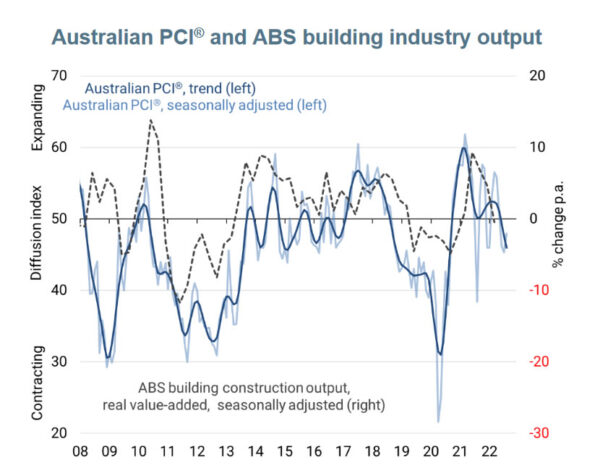

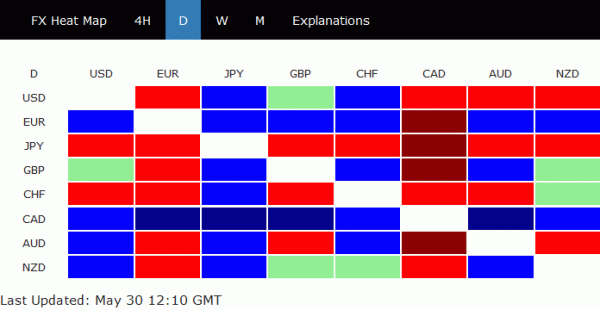
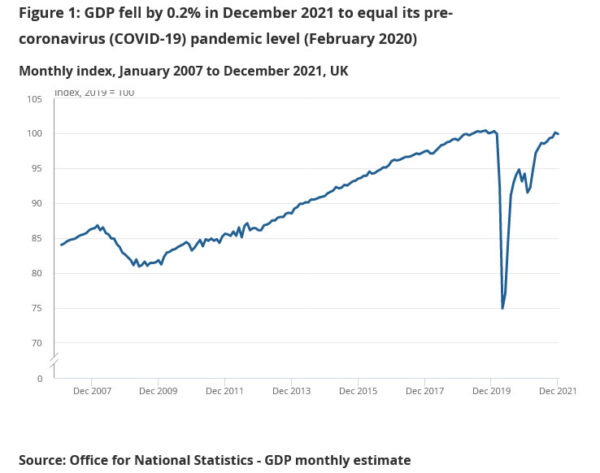
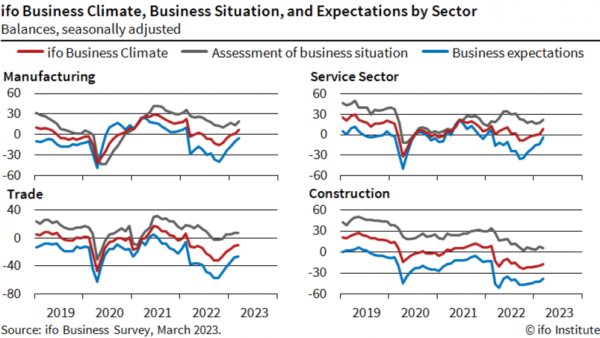
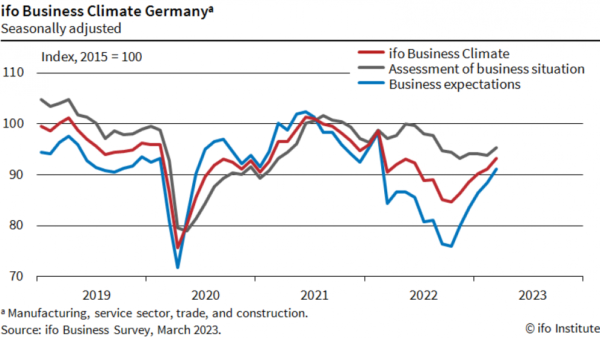
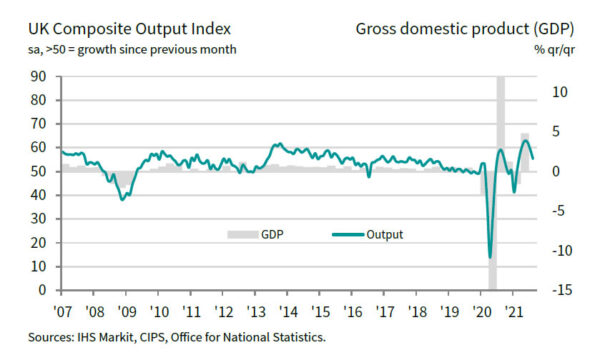
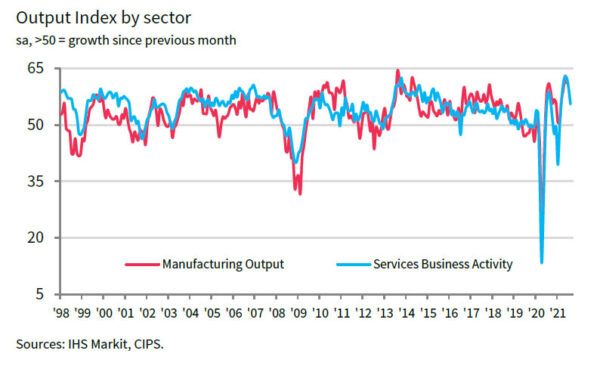
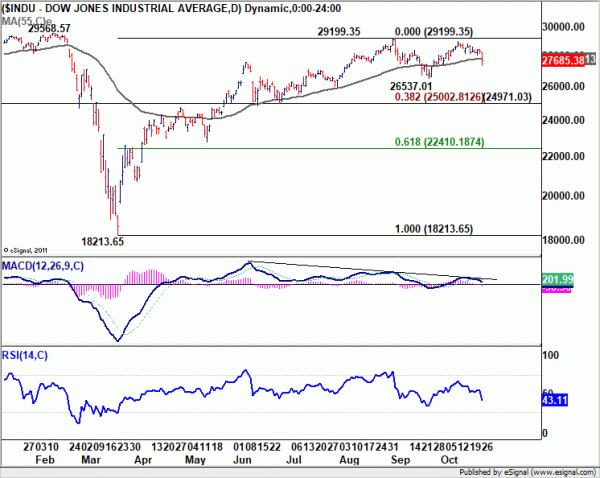
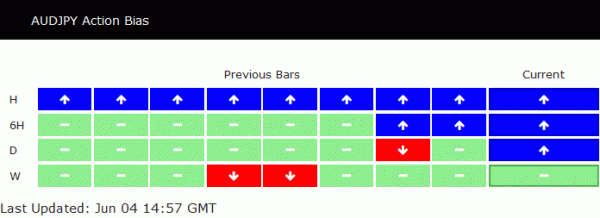
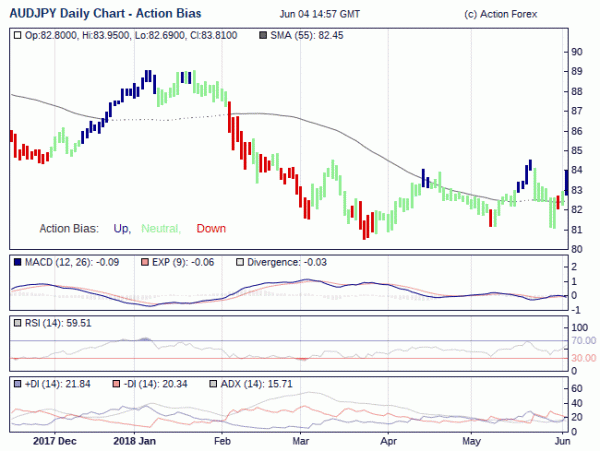
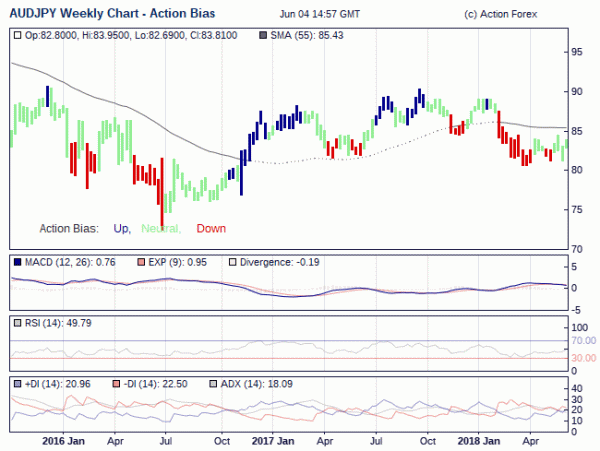
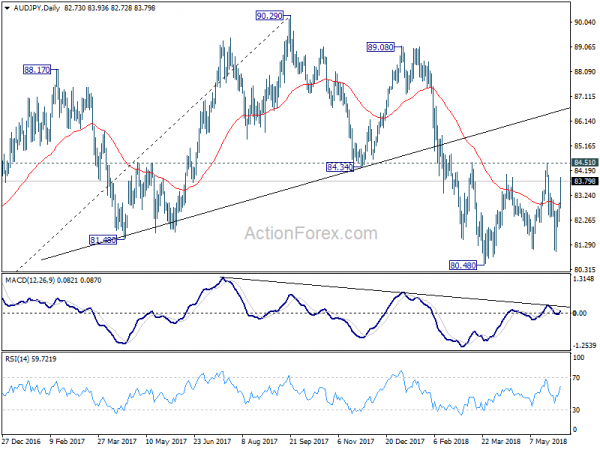
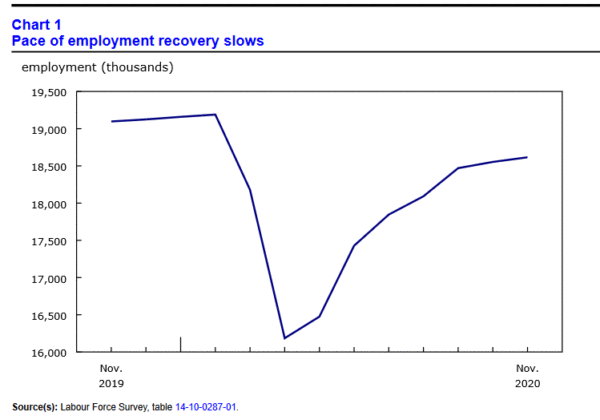
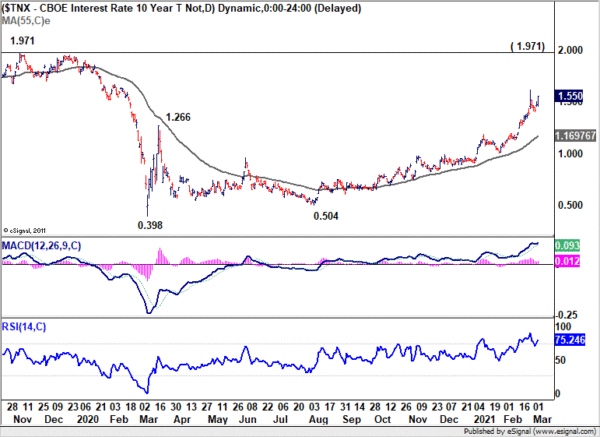
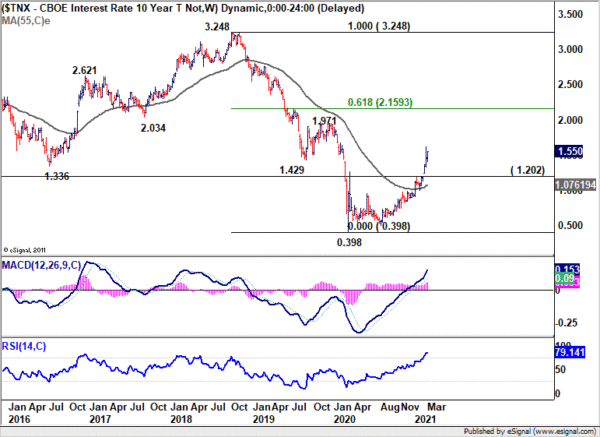

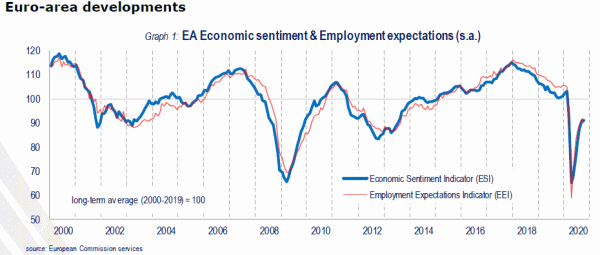
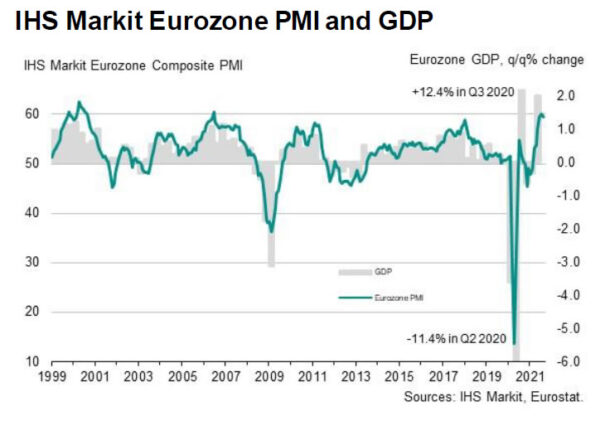

HSI gapped down on risk aversion, but selling eased
Risk aversion continues in Asian session today with Hong Kong HSI gapped down and hit as long as 23895.03. But the index then recovered as selling eased somewhat, down -1.3% only after morning session. Prior rebound to 25303.77 was a surprise to us but the overall view isn’t changed. Price actions from 21139.26 are seen as a corrective pattern. The question now is whether such correction has completed. Focus will be on 22519.73 support for the next week or two. Firm break there would pave the way to 21139.26 and below, as larger down trend resumes.